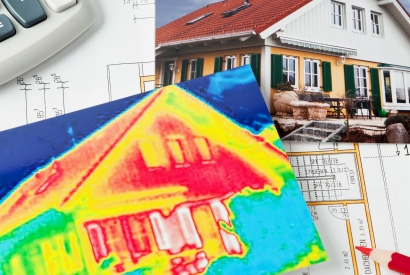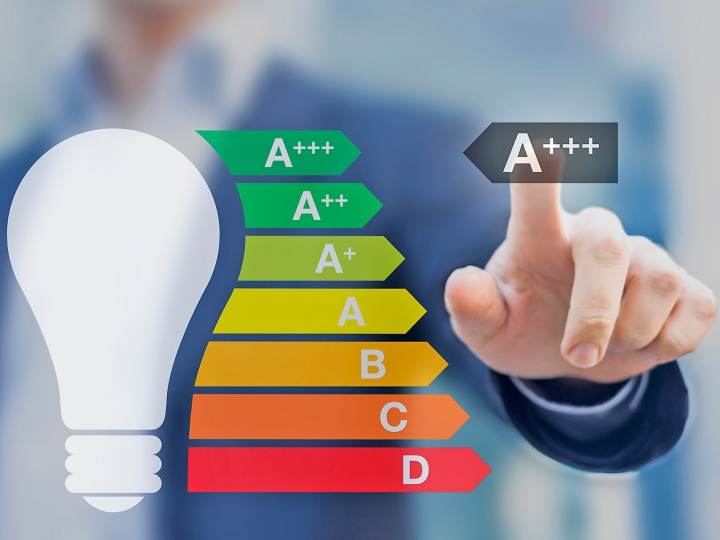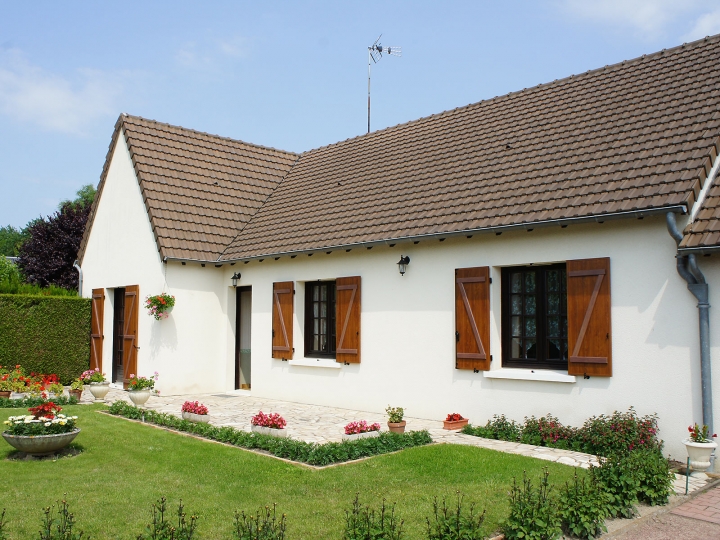A modern dishwasher operates very efficiently and even requires less water than you would need to wash the dishes by hand. However, it only really becomes economical when the appliance is working at full load and running the economy programme.
Modern washing machines clean the washing effectively even at a low temperature of 30 degrees. This reduces energy consumption by around a third in comparison to the 60 degree programme. As with dishwashers, washing machines should also only be operated at full load whenever possible in order to optimise energy consumption.
4. Use the sun as a dryer
Tumble dryers are one of the main energy guzzlers in the home. So why not dry your washing in the fresh air and sunshine and do without mains energy completely?




